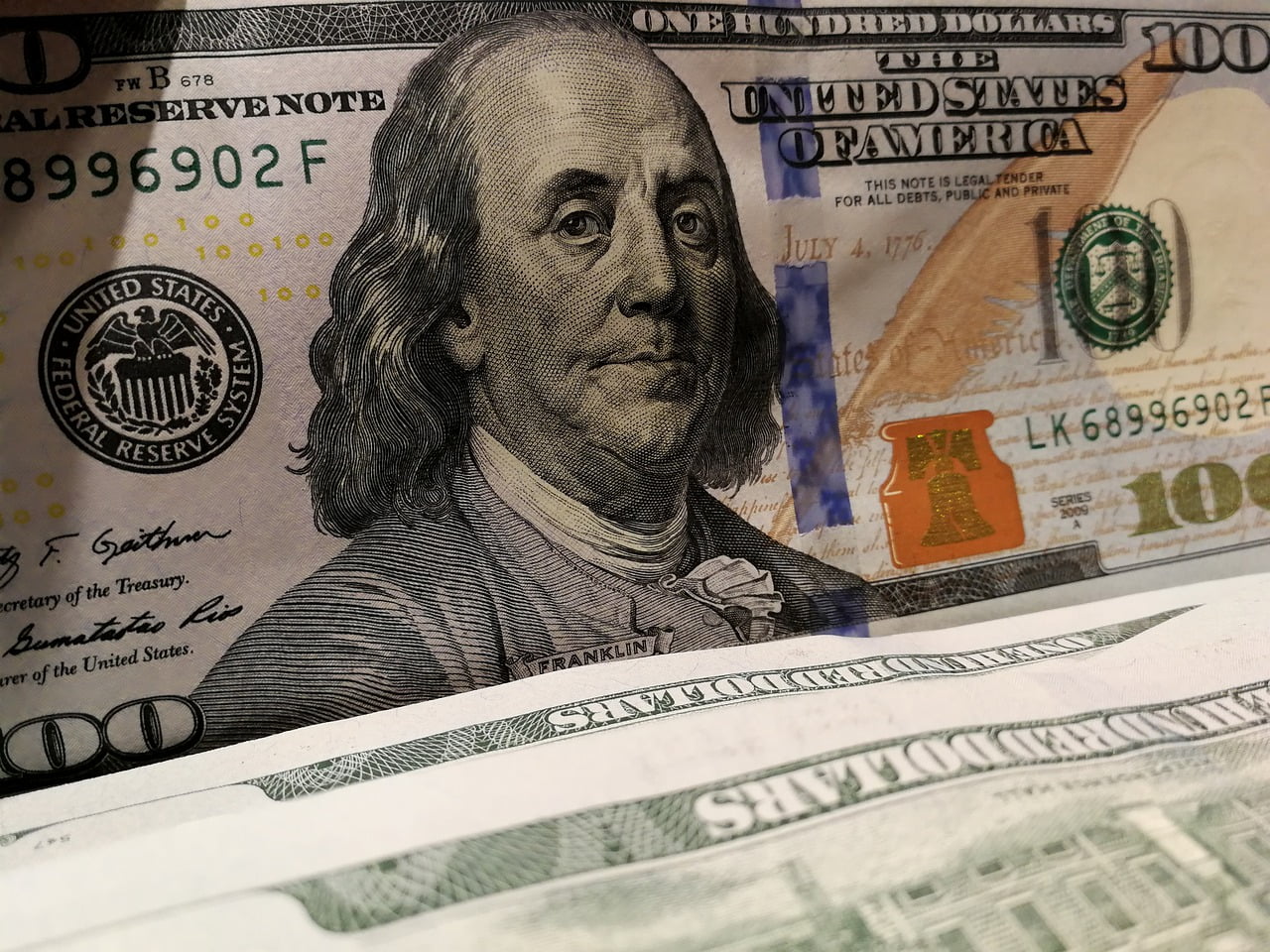With a 0.8% increase in May –faster than the 0.5% estimate– wholesale prices in the U.S. jumped 6.6% over the last year, the highest on record since the tracking of this data started in 2010.
Q1 2021 hedge fund letters, conferences and more
Record Wholesale Inflation in the U.S.
Wholesale prices in the U.S. registered their highest year-on-year rise in history, rising 6.6%. The PPI increased in May by 0.8% compared to 0.6% in April, as analysts had expected a 0.6% monthly rise to 6.3% over the last year.
This is the largest increase recorded by the Bureau of Labor Statistics since tracking this data in 2010, and it throws a spanner in the economic recovery amidst the pandemic crisis.
With restrictions on social life that limit consumer demand, inflation of goods continues to be dominant since nearly 60% of the wholesale price increase from May reflected a 1.5% jump in new cars, gasoline, metals, farms, and seeds and beef, as reported by MarketWatch.
In the course of the month, in the production sector, non-ferrous metals increased by 6.9% while the price of cereals increased by 25.7%, oilseeds by 19.5%, and beef by 10.5%, according to NBC.
In this context, retail sales fell by 0.7% excluding car sales, far from the 0.2% increase estimate. However, they are up 28% in comparison to May last year.
A Long-Term Trend?
These figures will add to the debate in recent weeks about whether this upward trend in inflation will be permanent or temporary. Michael Pearce, the senior U.S. economist at Capital, told the Associated Press that the shortages of raw materials and intermediate goods are the main culprits of the rise in prices.
Despite the gloomy outlook, sales continue to grow in comparison to May 2020. One of the sectors in which this rise is most evident is textiles and accessories with a 200.3% increase, while food services and nightclubs rose 70.6%, and electronic and household appliances are up 91.3%.
As reported by The Wall Street Journal, the Federal Reserve bets on the inflation surge to tail off by next year, as companies will hire more workers and increase production once the economy is back to full swing, hence meeting the pent-up demand.
While no policy moves are expected to tackle inflation, the Fed will have a two-day pivotal meeting starting Tuesday, in which it will likely discuss possible changes in its bond-buying policy.













